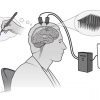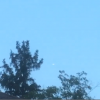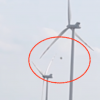Nasa and ESA find ‘cosmic killer’ black hole that could solve mystery0
- From Around the Web, Space
- April 4, 2020
Newly-discovered black hole could be the long hoped-for ‘missing link’

Newly-discovered black hole could be the long hoped-for ‘missing link’
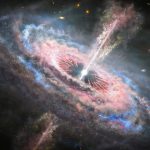
The enormous outflows of gas can help explain why galaxies stop making stars

Bacteria live in tiny clay-filled cracks in solid rock millions of years old
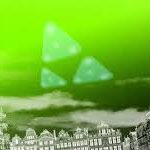
At first, the witnesses claimed, all you noticed were the lights.
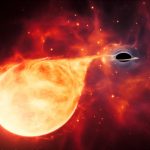
A bright X-ray source in a massive star cluster in the outskirts of 6dFGS gJ215022.2-055059, a barred lenticular galaxy located about 806 million light-years away from Earth, is an intermediate-mass black hole, according to a new study published in the Astrophysical Journal Letters.
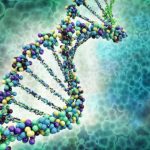
Genetic information from an 800,000-year-old human fossil has been retrieved for the first time. The results from the University of Copenhagen shed light on one of the branching points in the human family tree, reaching much further back in time than previously possible.

Coronavirus may have inadvertently caused Earth to vibrate less, with lockdown measures leading to a huge drop in the use of industrial machinery and transportation around the world.

Antarctica was covered in rainforest in the time of the dinosaurs, according to a new study.

In 2015, astronomers found something weird. It was a white dwarf star, 570 light-years from Earth, with a peculiar dimming pattern. It dimmed several times to varying depths, each depth repeating on a 4.5 to 5-hour timeframe; and its atmosphere was polluted with elements usually found in rocky exoplanets.

Scientists have solved a longstanding mystery over the age of a landmark skull found in 1921 in Zambia – the first fossil of an extinct human species discovered in Africa – in research with big implications for deciphering the origin of our own species.


